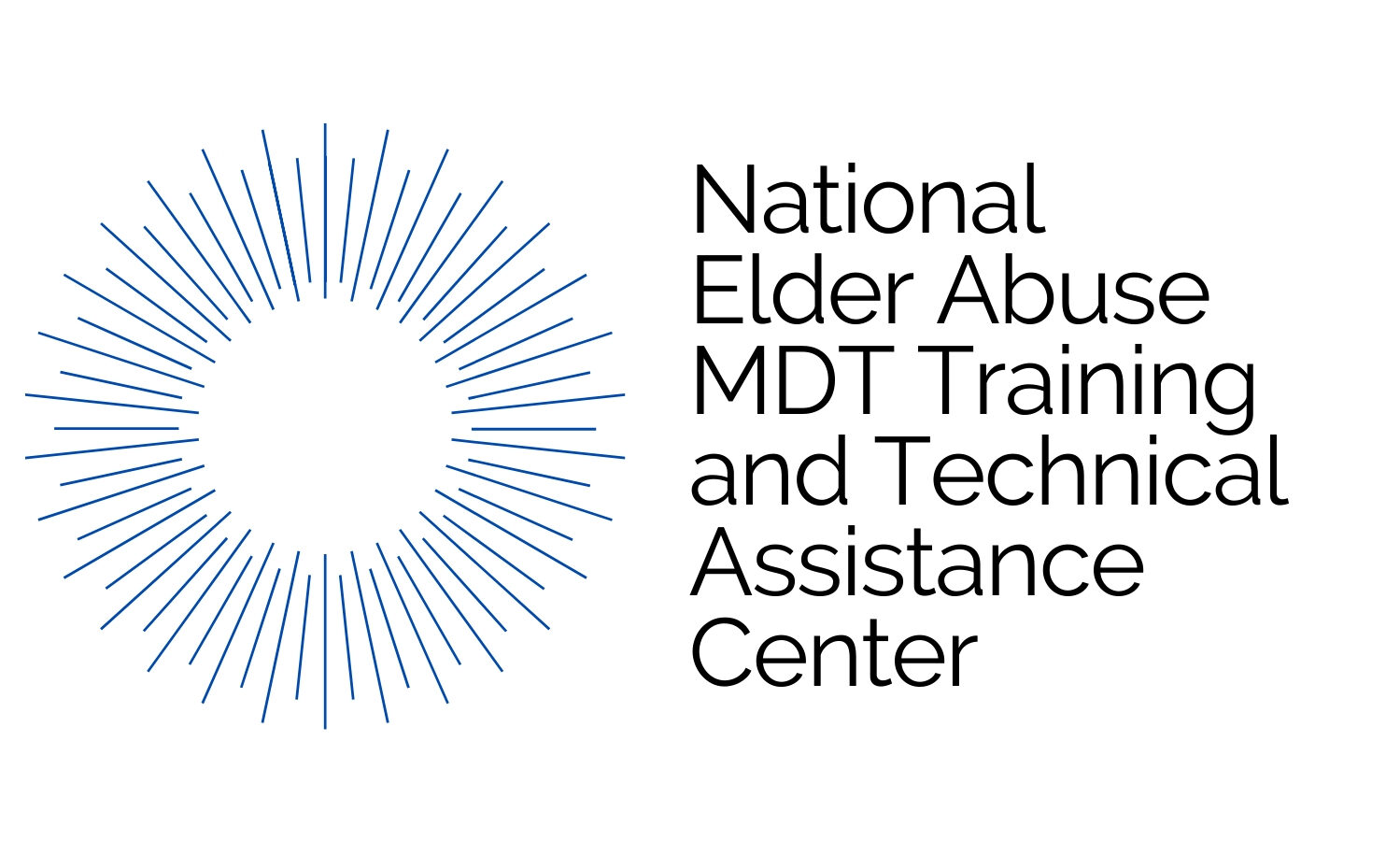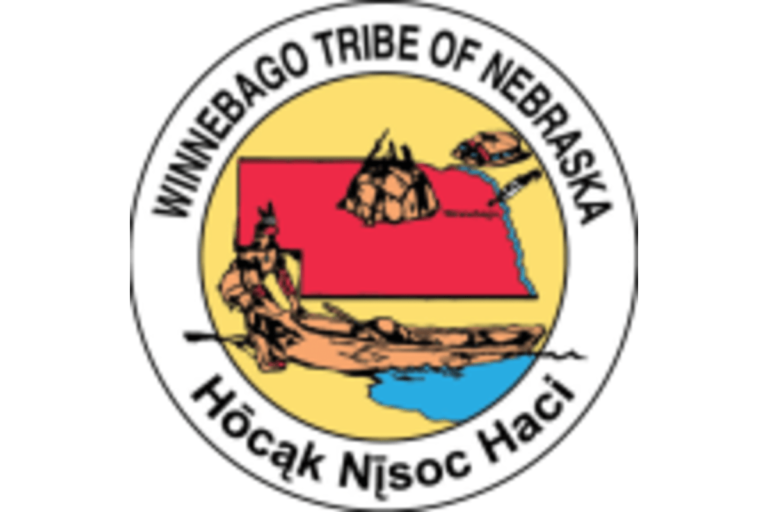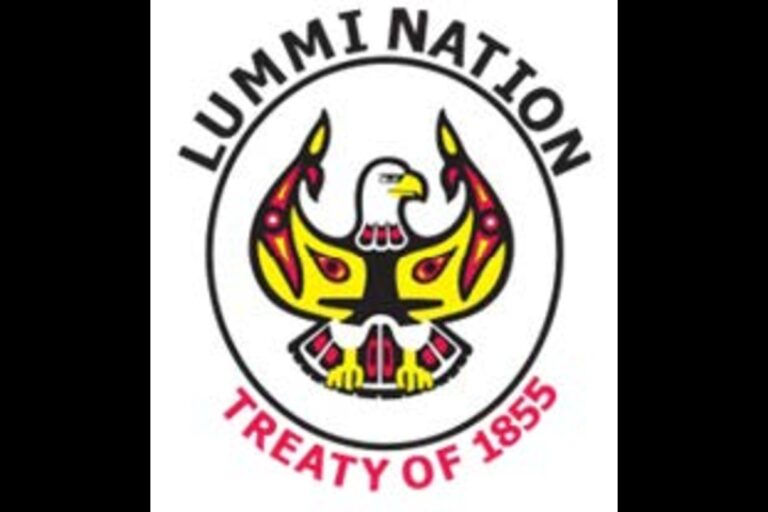Elder Protection in Indian Country has been a cultural tradition since time immemorial and will stay at the forefront of Tribes through their Elder Protection Codes. In many Tribes, Elders are identified by the age criteria of 50 or 55 under individual Tribal Elder Protection Codes. Many identify Tribal Elders as the most valuable natural resource and acknowledge that the protection of Elders is vital to maintain cultures and traditions.
In 2019, the American Indian and Alaska Native population aged 65 and older was 301,418 and is projected to grow to more than 648,000 by 2060*. In 2019, American Indian and Alaska Natives made up 0.6% of the older population, and by 2060, are projected to make up 0.7% of the population*. Nearly eight out of 10 American Indians and Alaska Natives live in or near cities, and that number is growing.
There is a familiar quote that says, “Our Elders are sacred because they are keepers of tribal history, culture, and tradition. They are carriers of wisdom and knowledge referred to as Libraries of our Tribes. In every way, our Elders must be protected.” The importance of ensuring that Tribal Elders within our communities are safe from elder abuse, then, is critical.
Elder protection can look different depending on the location of your E-MDTs. For Tribal E-MDTs, this could mean working directly within the Tribe and with surrounding communities for additional resources. For Mixed E-MDTs, this could mean working with the Tribe(s) that are in your service area. For Cross-E-MDTs, this could mean building partnerships with Tribal E-MDTs.
In a National Center training on “Working with Tribal Communities” held in 2021, our Tribal TA Provider from Red Wind Consulting, Victoria Ybanez, offered some helpful tips to consider as we seek to initiate or expand our work to ensure that the needs of Tribal Elders within our communities are met:
1) Understand and respect
Understand and respect the sovereignty of Tribes. Appreciate that there are many variances to consider arising from the different treaties that have been signed and laws created by the U.S. Congress. Study the major laws that major laws impact Native Nations and how it impacts their work
2) Learn about
Learn about the Tribe’s history, resources and culture. Learn about the unique elder protection codes.
3) Recognize
Recognize yourself as a guest on Tribal land.
4) Build
Build your presence and relationships within the community.
The elder abuse response in Indian Country continues to evolve, with some tribes starting or developing their own responses through elder protection codes. Still others have not yet developed the infrastructure for an E-MDT. These realities on the ground present unique opportunities for greater partnerships to ensure the safety of Elders.
* Source: ACL< 2020 Profile of American Indians and Alaska Natives Age 65 and Older




